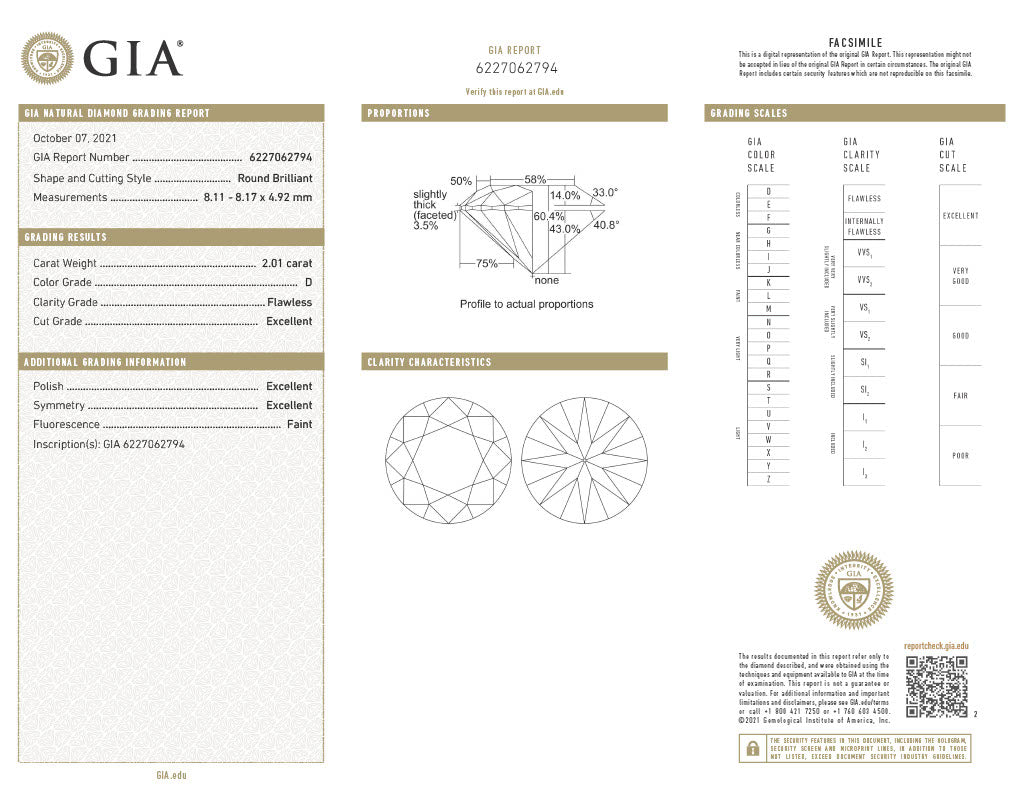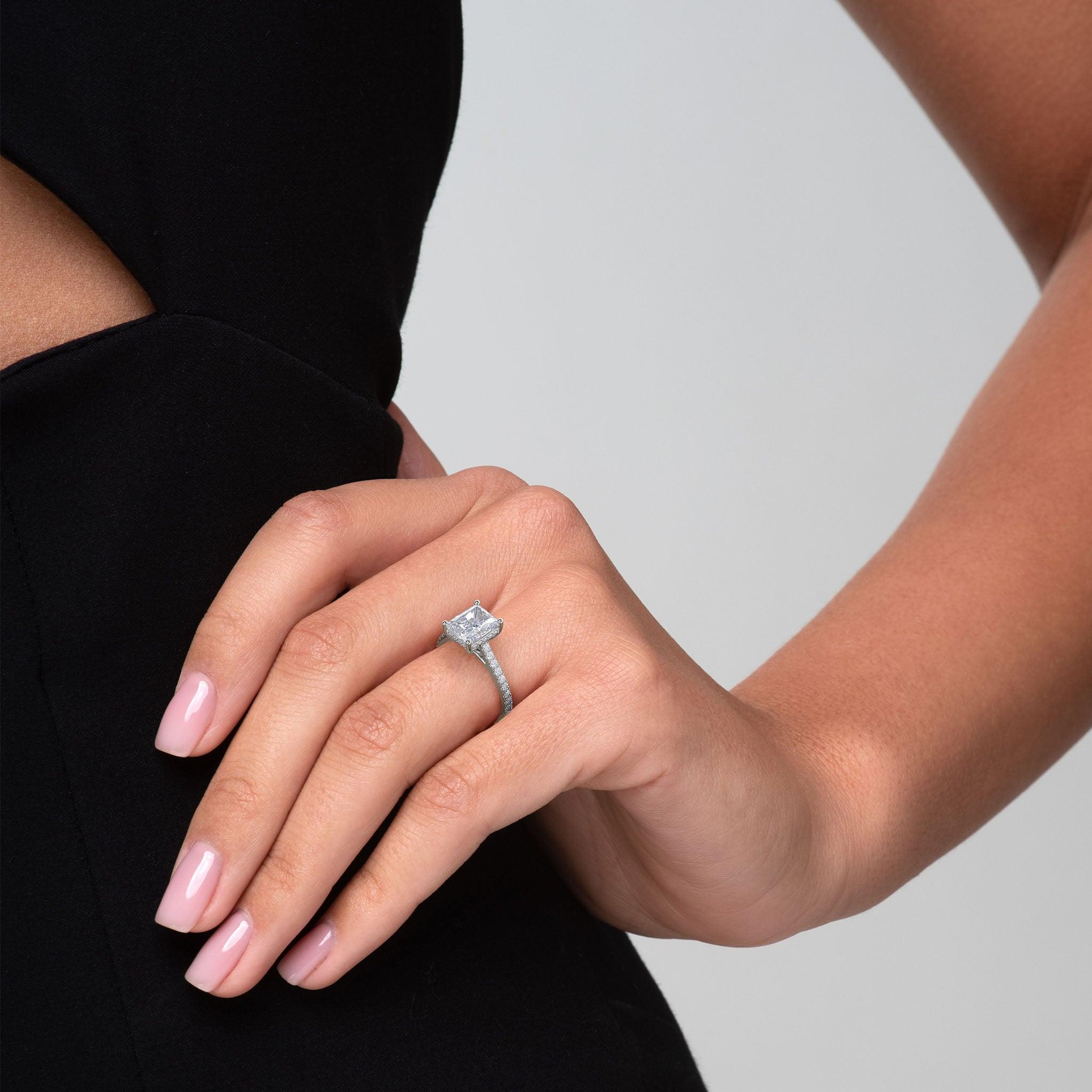
DIAMOND GLOSSARY
Diamonds A - Z Glossary. All Diamond Related Terms Explained
Welcome to the Comprehensive Diamonds A-Z Glossary: Your Definitive Guide to Understanding Every Aspect of Diamonds. Delve into the world of diamond terminology like never before as we unravel the intricacies of every facet, cut, and clarity. Whether you're a novice or an enthusiast, this meticulously curated glossary offers detailed definitions and explanations for every diamond-related term imaginable. From the 4Cs to industry jargon, embark on a journey of enlightenment, arming yourself with knowledge to make informed decisions and appreciate the brilliance of diamonds like never before. Get ready for the most comprehensive diamond terminology guide at your fingertips.
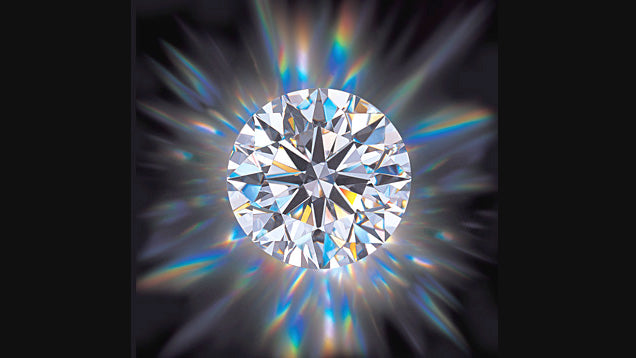
THE STUNNING MONROE YORKE DIAMOND
A
AGS – American Gem Society AGS is the society of professional jewellers founded in 1934 and a laboratory which grades diamonds and will supply diamond grading reports. AGS also has a round diamond-cut grading system.
AGS – The Cut Grading Scale 0 Ideal – 1 Excellent – 2 Very Good – 3-4 Good – 5-7 Fair – 8-10 Poor
APPRAISAL These can be supplied by professional appraisers and are a report of an estimate of approximate retail replacement value of the item. They should be updated every few years and can be used for insurance purposes.
ARTISNAL MINING Mining carried out by small groups or individuals on a small scale, non-mechanised, perhaps using simple hand tools.
B
BEZEL FACET Also called the top main facet, bezel facets are eight large kite-shaped facets on the crown of a round brilliant diamond.
BRILLIANCE The reflection and light shining from a diamond.
BRILLIANT CUT DIAMOND A round diamond cut with 57 facets. If a culet is included there will be 58 facets. A round brilliant cut diamond will show more reflection of light and fire than a fancy-shaped stone.
C
CARAT WEIGHT The accepted standard and internationally recognised unit of weight measurement for diamonds. A carat weighs 1/5 of one gram or 1/142 of an ounce. One carat equals 100 points.
CAVITY A form of inclusion consisting of a deep opening in the diamond.
CLARITY Clarity is one of the 4Cs, the international standard of diamond assessment – the degree to which a diamond is free from any blemish or inclusion. The clarity scale is graded from Flawless (FL) (very rare), to Imperfect.
CLARITY ENHANCEMENT This is usually a process which will improve clarity in a diamond. Cavities and fractures may be filled with resin or glass.
CLEAVAGE Any break in a diamond running parallel to a crystallographic plane is called a cleavage. It can be caused by an inherent strain on the gem or a sharp blow, which may also be visible on the diamond’s surface.
CLOUDA cloudy appearance within the diamond, caused by a group of tiny white inclusions.
CONFLICT DIAMOND A conflict diamond is one that has come from a mine controlled by rebel factions or groups, or other so-called military or terrorist forces. The sale of these diamonds finances wars and uprisings against governments or legitimate military groups.
CROWN Consisting of the table and the crown facets below it, the crown is the part of the diamond situated above the girdle
CROWN HEIGHT The part of the diamond situated above the girdle.
CRYSTAL Crystals are mineral deposits trapped inside the diamond on formation and is a type of inclusion.
CULET The 58th facet at the base of a full-cut diamond, and the smallest. Some diamonds are cut without a culet and will be described as pointed or none.
CUT The cut of a diamond, carried out by expert diamond cutters refers to the facets and proportions of the polished diamond. The cut is extremely important in determining the overall beauty of a stone and is one of the 4Cs, the standard by which a diamond is assessed.
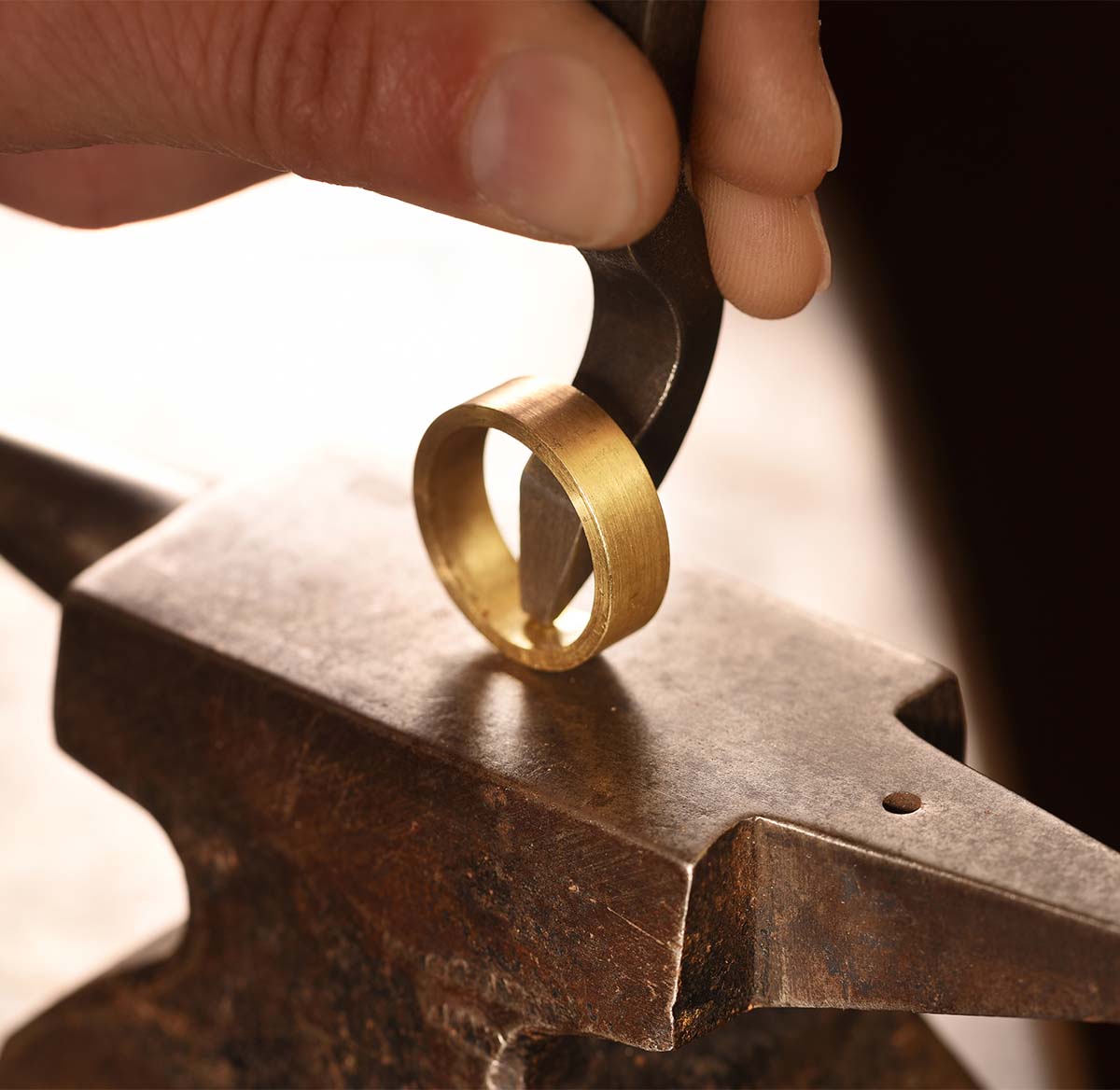
D
DDI DDI stands for Diamond Development Initiative – a multi-stakeholder platform bringing NGOs, governments and private sector together to address issues of artisanal diamond miners
DEPTH The distance between the table and culet of a diamond measured in millimetres.
DEPTH PERCENTAGE The depth of a diamond divided by average width.
DIAMOND COLOUR This is an assessment of any hints of colour within a diamond meaning it is not colourless
DIAMOND SHAPE The eight common diamond shapes are marquise, pear, oval, heart, princess, radiant, emerald, and trillion. The round is the most popular (the rest are called ‘fancy-shapes). There are also other shapes created and sold by manufacturers.
DISPERSION Dispersion is the splitting up of white light into its individual wavelengths, and what we see as colours with the naked eye.
E
EGL European Gemmological Laboratory – EGL is a laboratory with franchises in cities around the world. They offer a diamond grading service and diamond grading certificates.
EYE-CLEAN An eye-clean diamond will have no inherent inclusions that are visible through the table of the diamond with the unaided eye. This will show on the clarity grade.
F
FACET A flat surface cut into a piece of rough diamond to maximise reflection of light.
FEATHER A white feather-like fracture within a diamond.
FIRE Seen as rainbow colours as a result of dispersion
FLUORESCENCE Emissions of visible light by a gemstone when exposed to a light source whose light we normally cannot see. When the gemstone is exposed to ultraviolet light (UV), which falls outside the range of light that we can see, the UV light is absorbed by the gemstone. Due to processes inside the gemstone, it will lose energy. This loss of energy causes the UV light to change to a colour in the visible light range (red, orange, yellow, green, blue, indigo or violet).
FRACTURE An irregularly shaped break or chip not running in the same direction of a cleavage plane, appearing perhaps as a splinter, or step-like in form.
FRACTURE FILLING Where a cavity within a diamond is filled with an artificial substance to enhance the gem.
G
GIA Gemmological Institute of America.
GIA TRIPLE EXCELLENT This term describes the Gemmological Institute of America’s criteria for Excellent Cut, Excellent polish and Excellent Symmetry.
GIA-GTL This is the independent laboratory which grades diamonds and supplies diamond grading reports – the Gemmological Institute of America Gem Trade Lab.
GIRDLE The girdle of a diamond can be polished, unpolished or faceted and is the outer part of the diamond that appears as a band around the gem.
GIRDLE THICKNESS The percentage of the diamond’s average girdle diameter. Girdle thickness describes the measurement.
GRADING REPORT The grading report is issued by an independent laboratory such as GIA, and describes the proportions of the diamond and the 4Cs, carat weight, colour, clarity and cut. It will also verify the polish and fluorescence within a stone. GIA and AGS are considered to be the most stringent of the grading laboratories.
H
HRD The HRD Antwerp Natural Diamond Grading Report serves as an impartial assessment, verifying the authenticity of a polished natural diamond while furnishing a comprehensive breakdown of its essential attributes, known as the 4Cs: Carat, Colour, Clarity, and Cut.
I
IGI International Gemmological Institute. Laboratory offering grading reports. IGI also supplies written appraisals.
INCLUSION An imperfection in a diamond that occurs naturally on formation. Terms are crystals, needles, feathers, pinpoints and clouds.
K
KIMBERLEY PROCESS"The Kimberley Process (KP) is a joint government, industry and civil society initiative to stem the flow of conflict diamonds...The Kimberley Process Certification Scheme (KPCS) imposes extensive requirements on its members to enable them to certify shipments of rough diamonds as ‘conflict-free’. As of December 2009, the KP has 49 members, representing 75 countries, with the European Community and its Member States counting as an individual participant." Taken fromhttp://www.kimberleyprocess.com/
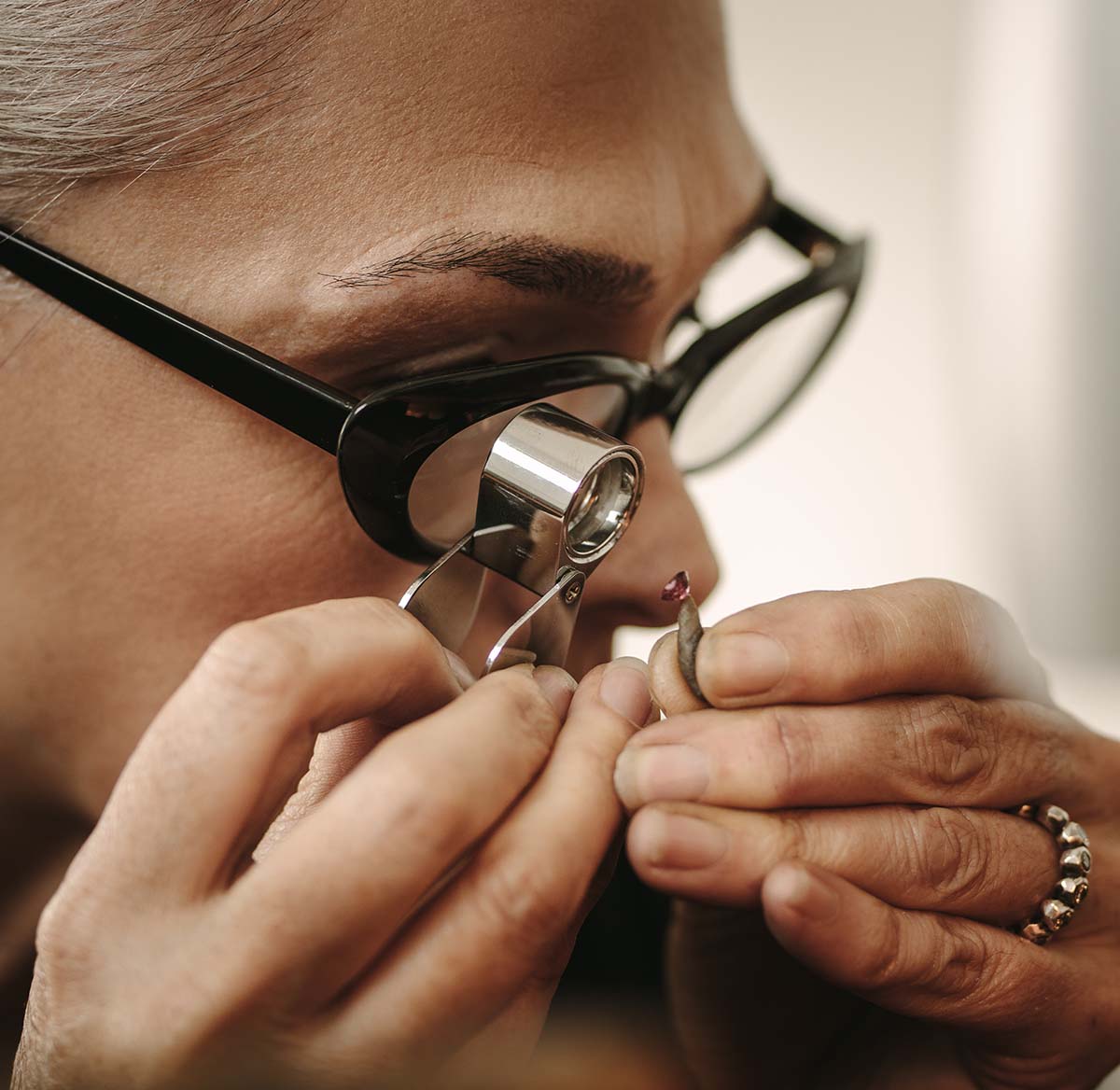
L
LASER DRILL HOLE Laser drilling is often carried out to treat diamonds. The hole created is a miniscule tube-like shape.
LASER DRILLING A technique of diamond enhancement. A laser will be used to make an inclusion which is then bleached.
LENGTH-TO-WIDTH RATIO A comparison of the length and width of the girdle outline on fancy-shaped diamonds. The ratio is found by dividing the length of the diamond by the width. The width is always stated as 1. Some L to W ratios are considered to be more appealing than others, but this is a matter of personal preference. Pear 1.50 - 1.75 : 1 Marquise 1.75 - 2.25 : 1 Heart 0.98 - 1.02 : 1 Oval 1.33 - 1.66 : 1 Emerald 1.50 - 1.75 : 1 Radiant/Princess 0.95 - 1.05 : 1
LOUPE A ten times magnification lens used to examine diamonds.
LOWER-GIRDLE FACET The facets on the pavilion of the diamond, situated just below the girdle.
M
MINE CUT DIAMOND A brilliant diamond with a square-shaped girdle, high crown, small table, deep pavilion, and large culet. An earlier shape of the brilliant cut diamond.
MOHS SCALE A scale of mineral hardness with 10 points. Diamond scores 10 on the scale. Diamond is the hardest of all known natural substances.
N
NATURAL (BLEMISH) Polished diamonds will often contain natural blemishes which a cutter will retain. This will be done to maximise a diamond’s weight.
O
OLD EUROPEAN CUT The earliest known brilliant cut diamond. This cut had a very small table, heavy crown and large depth.
P
PAVILION That part of the diamond situated below the girdle.
PAVILION ANGLE A measurement between the girdle and the main facet of the pavilion.
PAVILION MAIN FACET The eight facets situated on the pavilion of a round brilliant cut diamond. The points of the facets touch the girdle.
PHOSPHORESCENCE Famous examples of diamonds that emit phosphorescence are The Wittelsbach-Graff Diamond, and the Hope Diamond which phosphoresce powerful orange-red after short wave ultraviolet light exposure.
PINPOINTS Extremely small diamond inclusions.
POINTS 1/100th of a carat. A quarter-carat diamond weights 25 points.
PROSUMER An enthusiast of diamonds and diamond jewellery who shares their knowledge and helps others, often on forums.
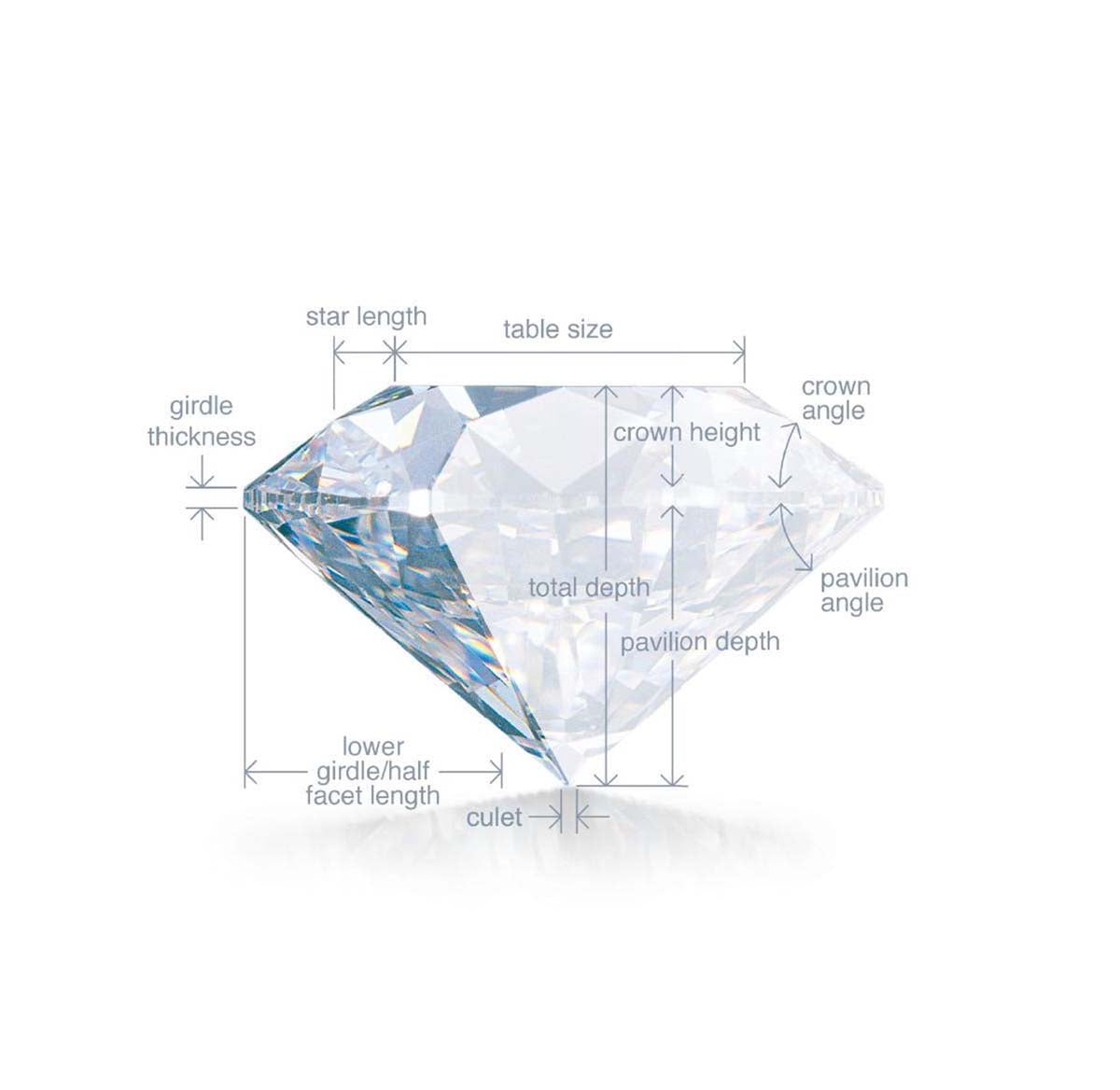
Diamond Anatomy
S
SCINTILLATION This is the captivating sparkle emitted from a diamond when the diamond’s position is slightly moved.
STAR FACET The Star facets are eight triangular shaped facets found next to the table on the upper crown section within a brilliant-cut diamond.
SYMMETRY A grading of poor to excellent for symmetry will be made on a diamond, taking into account the proportion of the diamonds and how each facet relates to the other, known as meet-point faceting.
SYNTHETIC DIAMONDS A laboratory grown diamond with essentially the same chemical composition and crystal structure as a natural diamond. Synthetics should not be confused with simulations, which have different optical and physical characteristics.
T
TABLE The largest facet seen when looking down at the diamond – the face where most light enters and exits the stone.
TABLE PERCENTAGE The width of the table divided by the average diameter.
U
UPPER GIRDLE FACET An upper girdle facet is found on the lower crown part of the diamond adjoining the girdle.
W
WHITE GOLD White gold is not white in its natural state. The metal is alloyed at Monroe Yorke Diamonds with platinum and palladium only (other jewellers use palladium or nickel, copper and zinc). It is usually rhodium plated.

